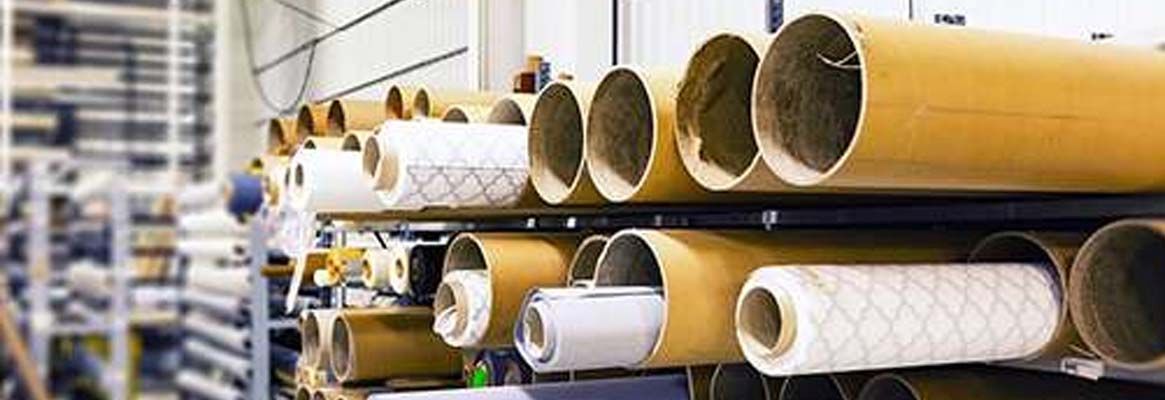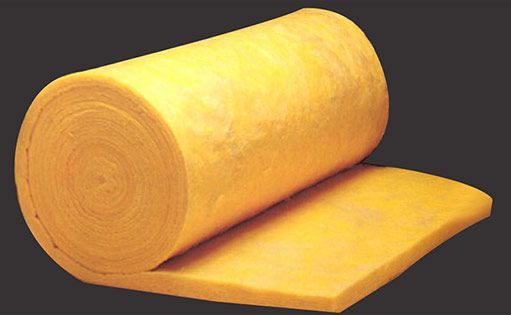(Viewsexpressed in this article are the personal opinion of the author.)
Carpediem, the Latin aphorism literally means seize the day. Technical textilessector has to seize the opportunities presented before it. In particular,Indian technical textiles sector is in a better state with a greater push andsupport from the government. Three major events have taken place in India inrecent months: 1) Techtextil India; 2) Vibrant Gujarat and 3) Technotex 2013.These have brought international attention and interest in India. These eventshave led to many thought provoking ideas to boost the nascent technicaltextiles sector. Collected efforts have to be undertaken by all stakeholders topromote the growth of this sector.
RECOMMENDATIONS FOR THE GROWTH OF INDIAN TECHNICAL TEXTILESSECTOR
Aswith any industry two aspects matter: 1) value-added product which gets intothe hands of the consumers and 2) affordable cost of the product to enhance themarket size. These two aspects have to be taken seriously by the Indianstakeholders. The downstream processing that develops value-added technicaltextiles products, which is known in our industry as converted productssector has to be developed. In my earlier articles, I have simplified thecategorization of technical textiles with respect to India as: 1) consumerproducts; 2) institutional products and 3) government products. In all thesethree major categories, the industry has to put its arms around the developmentof final products that serve the respective consumers.
WHAT SHOULD THE INDIAN TECHNICAL TEXTILES DO?
Asdiscussed above, a good understanding among entrepreneurs and policy makersthat the use and sales values are with the final converted products is needed.This fits with all the three major categories of technical textiles and thetechnical textiles sector should focus on value-added products. This scenariois overt and clear with consumer products sector where commodity and fastmoving goods such as diapers, feminine hygiene care products have made somedent in the market.
LOOKING AT CONSUMER PRODUCTS
Among the major items inthe consumer products category, two big ticket items are: 1) hygiene productsand 2) general commodity products. Among the above two, classical examples ofhygiene items are baby diapers, femcare products, adult diapers and wipes. Babydiapers and femcare products have become necessity among the urban middle classpopulation. Need for adult diapers are growing as people are living longer andhealth care profession is booming. Culture and economics will influence thegreater penetration of hygiene products. In my view, the lagging one in thisproduct category is wipes and it will take quite some time for theiracceptability and penetration. There are four to five international andnational brands in the diapers sector in India namely Pampers from P&G,Huggies from Kimberly Clark-Hindustan Unilever, Mamy Poko from Unicharm, Wiprobrand, etc. As the urban penetration of diapers is about 15% and ruralpenetration is less than 2%, developing affordable multi-tier diapers sector is
necessary. Understanding the cultural aspects and sensitivities, market size, cost effective manufacturing, pricing and distribution channels are the best options industrialist have in penetrating the untapped market of baby diapers, femcare and adult diapers. As hindsight is 20-20, it is cost and pricing of products that will determine the survival and the success. Currently, a diaper costs about Rupees 10 per piece which is more or less equal to the price a customer pays in developed economies. It will be tough for the diapers sector to explode in the Indian market if price does not come down at affordable level. Major brands have to re-align and come up with strategies that suit developing markets. While it is the cost and to some extent culture aspects that are preventing the greater penetration of baby diapers, the unavailability of other products such as adult diapers and incontinence products and their affordability inhibit their acceptance and penetration. Adult diapers sold at local chemists stores sells at about Rupees 40-50. This presents a nice picture about the cost, distribution and penetration. With the arrival of international brands such as Unicharm, probably new strategies can be explored to first create the market. The next and the most important strategy for the enhancement of the hygiene market are building the market. In fact, this has been the corner stone of capitalistic approach all over the world.
DEVELOPING OTHER TECHNICAL TEXTILES PRODUCTS
Other technical textiles products that have domestic market include medical segments, automobile markets and infrastructure sector. Here again, in the best interest of growing the market, certain strategies have to be formulated and adopted. Unlike consumer products, the end-users have to buy-in to use technical textiles. For example, in the case of geotextiles, highway authorities have to be seriously interested based on sound science and the economics to use geotextiles. More importantly, Technical data, project viability and cost-benefit information have to be available for situation specific to India. It will not fly well if multinationals and the data from some parts of the world are pushed into India, wishing success for the geotextiles sector. Additionally, institutional product sectors such as geotextiles and automotive textiles need Systems Engineering: approach. In other words, geotextiles fabrics find value, only if they are put to use in a site which involve automobile and agro sectors. Government and trade bodies can play the match maker role in connecting the producer and the end-user communities. Producer-User Connect platforms can be created that will involve fiber and fabric producers, engineering organizations, contractors and end-users. The Indian technical textiles sector should take initiatives to create and develop markets for them. It should be understood that the market size may not be as bigger as commodity consumer market.
The other product category which in majority depends on government is defense textiles. This market is niche and defined. The margin will be higher but the market is small. This sector may not be for all, but once standards and procurement procedures are clearly delineated and relayed to interested parties, surely there are opportunities.
In summing up, the immediate task for the stakeholders is to first create markets in the three product categories. It is clear that India offers enough domestic market for technical textiles. Knowledge, awareness and process know-how are available these
days. End products knowledge producer-user connectivity and supportive government programs are needed to build and grow the nascent textiles sector in India. Adaptability and affordability are the needs of the hour. Let us carpe diem and build a growing domestic and export market for the Indian technical textiles sector.
This article was originally published in the Textile Review magazine, March issue, published by Saket Projects Limited, Ahmedabad.
About the Author:
Seshadri S. Ramkumar is associated with the Nonwovens and Advanced Materials Laboratory, the Institute of Environmental and Human Health Texas Tech University, Lubbock, Texas USA.







